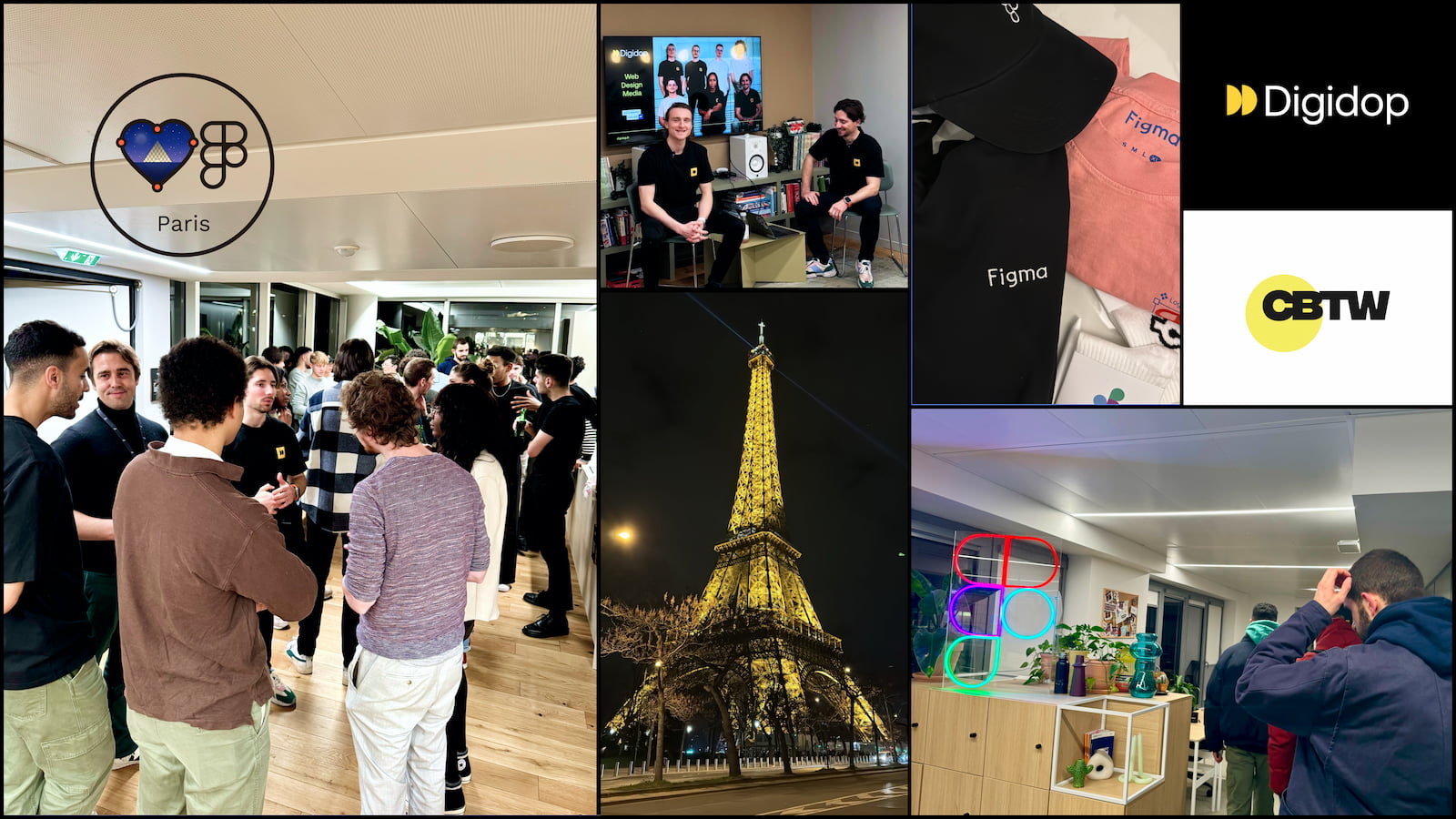Qonto, an example of successful synergy between product, design and development teams
Qontothe Paris-based online bank, employs over 400 people who are passionate about designing and developing innovative products. With services dedicated to financial and administrative management, served to over 300,000 businesses worldwide, efficiency, quality and agility are essential. These values have guided Qonto in its adoption of the Figma and FigJam design and collaboration platforms, offering a real transformation of its workflow.
Figma, a key player in the rebranding of Qonto
In 2022, Figma became a fundamental tool in the process of redesigning the Qonto brand. In addition to its contribution to the renewal of the visual identity, Figma served as a platform for collaboration between the different teams, which had a real positive impact on work dynamics. At the Schema London 2022 conference, two design system and brand design experts from Qonto, Marion Echevard and Gabrielle Houeix, shared their experience of integrating Figma into their workflows.
Their feedback clearly demonstrated how Figma, thanks to its intuitive functionality and ability to foster collaboration in real time, was able to create a fluid and efficient workspace. By facilitating exchanges and coordination, Figma helpedoptimize the coherence of Qonto's new visual identity at all levels: branding, communications, product and development.
In the end, Qonto's experience shows that Figma is not just a design tool. It's a true gateway to collaboration, enabling successful rebranding.
A central objective: creating effective customer experiences
At the heart of the concerns of the product, design and development (PDD) teams at Qonto is the ambition to satisfy users with top-of-the-range products. The cornerstone of this challenge lies in Qonto's ability to reduce time-to-market, while deploying services of impeccable quality. According to Aryaman Mandhana, senior lead product designer at Qonto, the watchword is efficiency.
To achieve this goal, Qonto began by rethinking its workflow, eliminating the use of superfluous tools and refocusing on an "essential" tool stack. This strategic move was a key element in their transition to Figma. By simplifying and centralizing their workflow on a single platform, Qonto has not only streamlined its processes but also optimized its productivity, while maintaining impeccable quality of the final product.
This transition to Figma illustrates Qonto's ongoing commitment to adopting methods and tools that improve efficiency and, ultimately, enrich the user experience.
FigJam, an indispensable tool for optimized collaboration
FigJam offers a platform where everyone can discuss and document their ideas, enabling better understanding and faster decision-making.
With teams spread across Europe, Qonto uses FigJam for brainstorming. This tool, which doesn't require any particular skills, has enabled all teams, including those who don't regularly use design tools, to participate in the design phase. It's crucial to understand the history of a service or feature so as to be able to improve it. And this is where FigJam has been essential in democratizing brainstorming and design processes throughout the organization.
Figma's role in product design at Qonto
Figma has established itself as the benchmark platform for Qonto's product designers . Its advanced features, including shared libraries, team files, and folders organized by functionality or project, have provided product designers with a robust infrastructure to facilitate coordination between different teams. This has considerably simplified the delivery phase for developers, who can now understand in detail the specifics of components, the different properties of HTML and CSS code, and even the entire code for each mock-up thanks to the new Figma Dev Mode.
Figma has not only improved product design processes, it has revolutionized the way designers and developers work together. This optimization has improved the time-to-market of their various products. Indeed, the deployment of Figma has led to smoother, more efficient and more synchronized collaboration between teams, resulting in accelerated design and development processes. Figma is therefore not just a simple web-design tool for Qonto, but has become a vital element in their design and development ecosystem.
A significant impact on time-to-market
The transition to Figma not only optimized the workflow, but also significantly improved time-to-market. Thanks to Figma's efficiency in delivering specifications to developers, Qonto was able to reduce its workload by 30%, eliminating certain design processes.
With improved collaboration across the company, Qonto works more fluidly, with streamlined workflows, improved specifications and, as a result, better products.
Ready to take your website to the next level?
Improve your online visibility thanks to Digidop's experience, excellence and reactivity!





.webp)
.webp)

